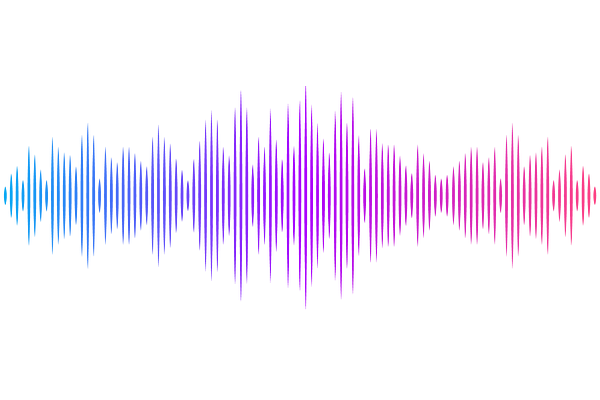A unifying model of species abundance distribution

A unifying model of species abundance distribution
Gao, Y.; Abdullah, A.; Wu, M.
AbstractThe species abundance distribution (SAD) is one of the most fundamental and best-studied macroecological patterns at the core of any biodiversity theory. Remarkably, almost every community investigated to date shows a hollow curve, indicative of the presence of many rare species and a few abundant species. While the precise nature of SAD is believed to reflect fundamental ecological processes underlying community assembly, ecologists have yet to identify a single model that comprehensively explains all SADs. Recent studies using large datasets suggested that logseries best describes animal and plant communities {2012.White, 2016.Baldridge} while lognormal is the best model for microbes {2017.Shoemaker}, thereby challenging the notion of a unifying SAD model across the tree of life. Using a large dataset of ~30,000 globally distributed communities spanning animals, plants and microbes from diverse environments, here we show that powerbend distribution, predicted by a maximum information entropy-based theory of ecology, emerges as a unifying model that accurately captures SADs of all life forms, habitats and abundance scales, supporting the existence of universal ecological principles. Our findings reject the notion of pure neutrality and support the idea that community assembly is driven by both random fluctuations and deterministic mechanisms, such as interspecific trait variation and resource competition. We also show that the previously estimated one trillion microbial species existing on Earth might be orders of magnitude off.